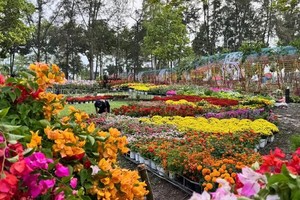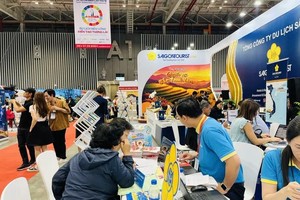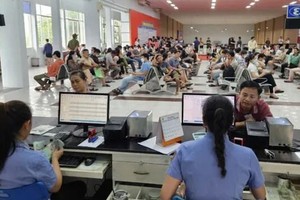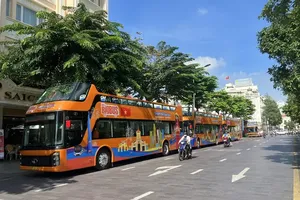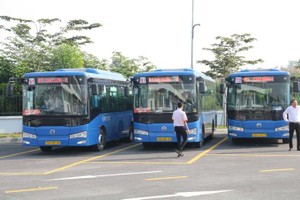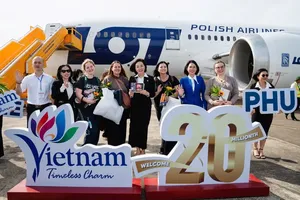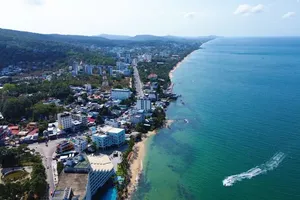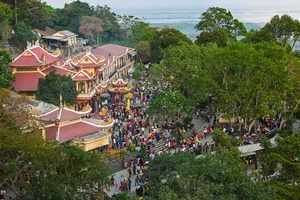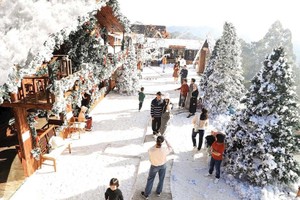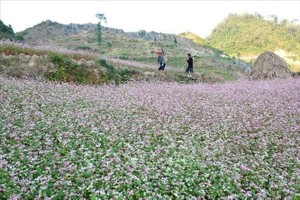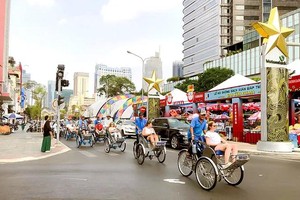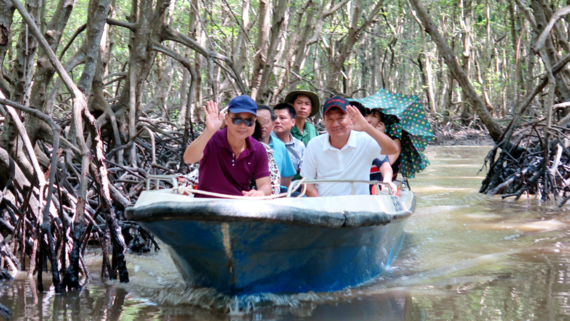
According to Mr. Phong, Can Gio received nearly 840,000 visitors in the first seven months this year, up 44 percent over the same period last year. Despite the highly increase in number, the district’s tourist revenue makes up 0.54 percent of the city.
A visitor to the HCMC spends an average of VND20 million ($880) but it is only VND400,000 ($17.6) in Can Gio.
That has been because Can Gio has sea but visitors cannot swim in the sea. Most of them just come, have seafood and leave within the day with not much shopping.
Mr. Phong said that is a problem which Can Gio needs to review. If the district considers tourism to be important in local economic structure, it should have suitable solutions to create higher added value.
Chairman of the district People’s Committee Le Minh Dung said that in July, Can Gio attracted 130,000 visitors, increasing 94 percent over the same period last year. Revenue was estimated to reach VND52 billion ($2.29 million), comprising VND16 billion from hotels and services renting chairs, hammocks, lifebuoys and sunshades.
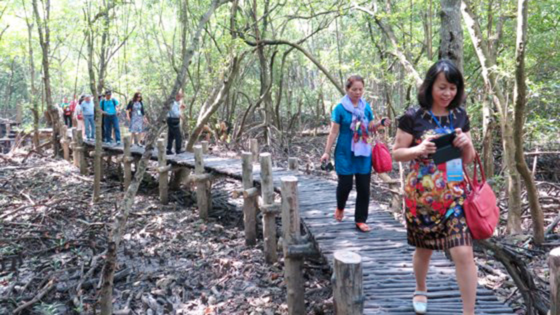 Visitors in Can Gio (Photo: SGGP)
Visitors in Can Gio (Photo: SGGP)
The district is working to complete an ecotourism development project in the phase of 2017-2020.
Can Gio is the largest district in 24 districts of HCMC, occupying one third of the city’s area. It is home to Can Gio mangrove forest recognized by UNESCO as the world’s Biosphere Reserve.

